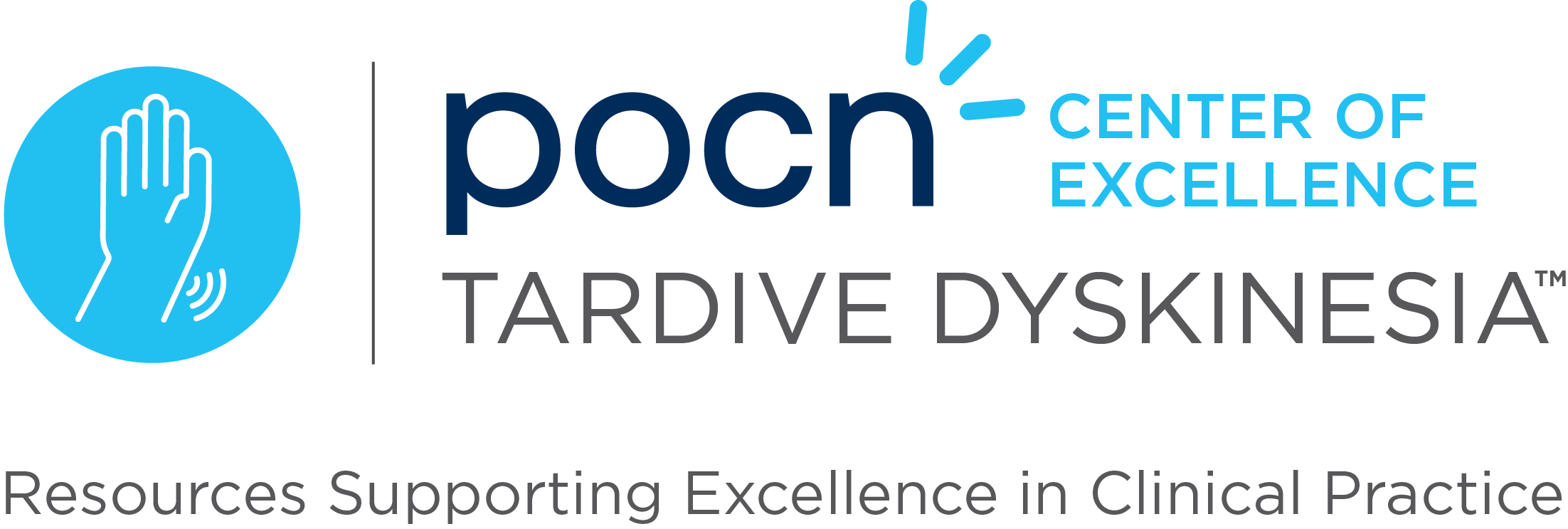Investigators of a meta-analysis looked to compare the prevalence of tardive dyskinesia (TD) during the use of first-generation antipsychotics (FGAs) and/or second-generation antipsychotics (SGAs). Studies were screened from January 1, 2000, to September 30, 2015. Random effects meta-analysis and meta-regression were used for 41 studies that were selected. Among these studies, global mean prevalence of TD was 25.3% (95% CI = 22.7%-28.1%). TD rates were lower in those who had current SGA treatment (20.7%; 95% CI = 16.6%-25.4%, N = 5,103) compared with current FGA treatment (30.0%; 95% CI = 26.4%-33.8%, N = 5,062; Q = 9.17, P =.002). Lower prevalence of TD (7.2%; number of studies = 4) was seen in treatment groups with those who were FGA-naïve relative to those who were treated with SGA with likely previous exposure to FGA (23.4%; P <.001; 28 studies).
TD severity, that was seen in 10 studies, was of insufficient quality for the meta-analysis. Overall, higher rates of TD were seen with FGA compared with SGA therapy. Because there were insufficient reports of TD severity, the clinical impact of identified TD cases with SGAs and FGAs were not investigated. High geographical variation that was found brings a need for future research on this subject matter.
Reference: Carbon M, Hsieh CH, Kane JM, Correll CU. Tardive Dyskinesia Prevalence in the Period of Second-Generation Antipsychotic Use: A Meta-Analysis. J Clin Psychiatry. 2017;78(3):e264-e278. doi:10.4088/JCP.16r10832



